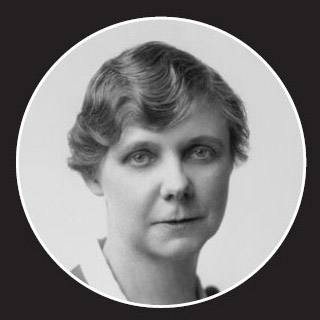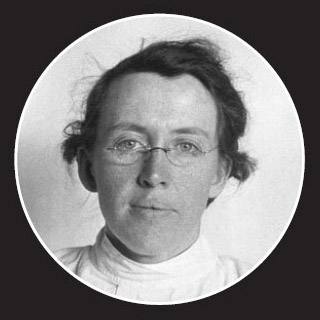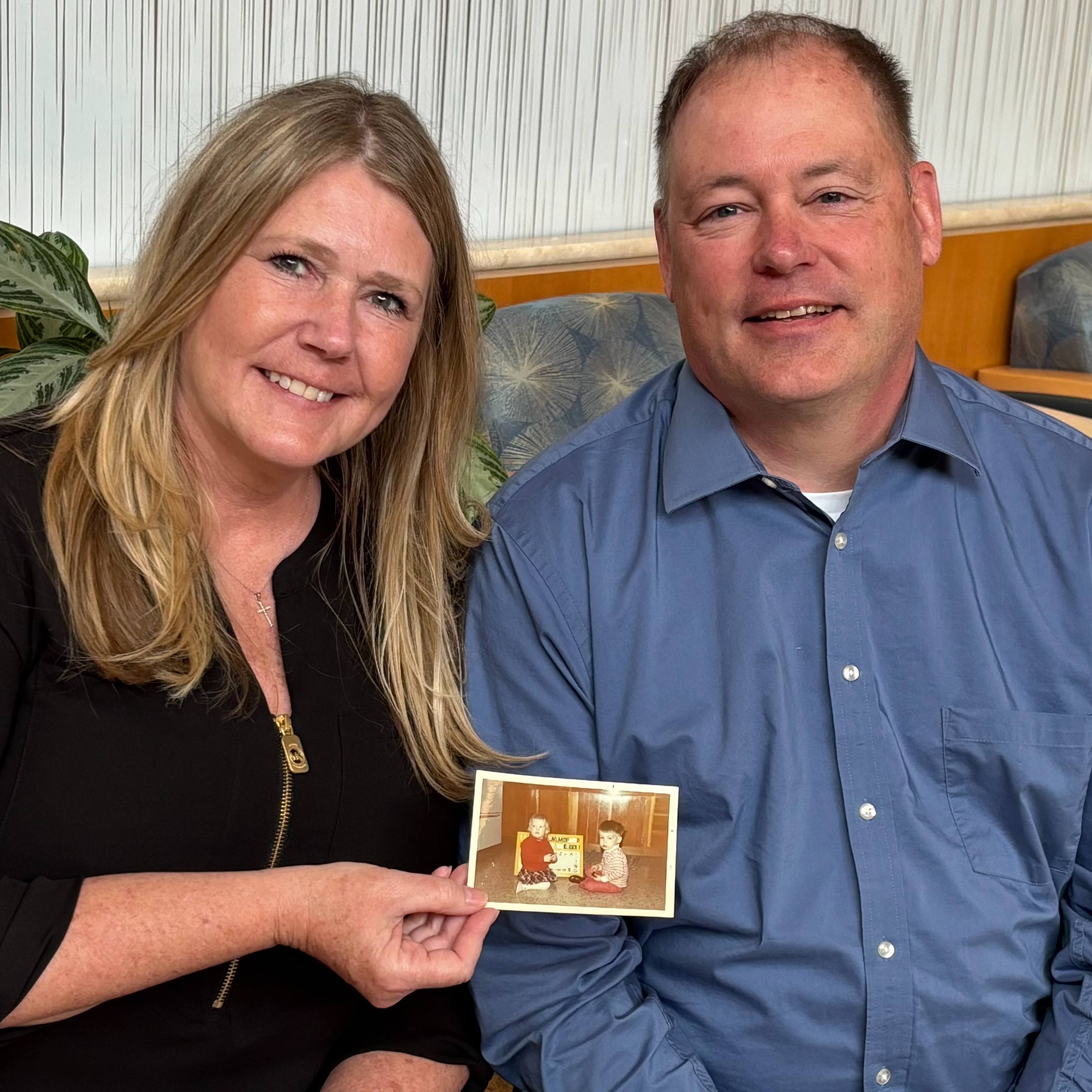-
Flashback: Trailblazing Female Physicians and Scientists at Mayo Clinic

In diverse fields from endocrinology and pathology to epidemiology and public health, female physicians and scientists provided significant contributions during the early days of Mayo Clinic.
Between 1889 and 1926, 11 female physicians were appointed to the staff of Mayo Clinic. Today, Mayo Clinic has 9,555 living female alumnae (physicians and scientists) around the world.
Here's a look at some of the early women physicians and scientists who blazed trails at Mayo Clinic:

Gertrude Booker Granger, M.D.
Dr. Granger was the third physician and first woman to join the Mayo brothers in practice in 1898. She assumed full responsibility for eye exams and refractions and was the first Mayo physician to focus on one specialty. In 1912, she became deputy director of public health in Rochester, Minnesota, with Charles H. Mayo, M.D., as director. In the interest of public health, she organized a garbage collection system and helped pass an ordinance requiring inspection in the milk production industry.
.
.
.

Isabella Herb, M.D.
Dr. Herb arrived at Mayo Clinic in 1899 from Chicago to be the anesthetist for Dr. Charles H. Mayo and a pathologist. She developed a centralized pathology department. In 1904, she left Mayo Clinic to practice and engage in bacteriology research in Chicago. Later, she became the 10th president of the American Association of Anesthetists.
.
.
.
.

Leda Stacy, M.D.
In 1908, Dr. Stacy, a Rochester native, was the third woman to join the Mayo practice. Initially she was an anesthesiologist, but then joined the Section of General Internal Medicine and studied radium treatment on the East Coast at the request of William J. Mayo, M.D. Dr. Stacy became head of Mayo's Section of Radium Therapy, where she led the intrauterine use of radium and became an international expert on radium therapy. She became head of a section focused on gynecology in 1917. This section ensured that women requesting female physicians would be accommodated. In 1935, Dr. Stacy left Mayo Clinic to join a family planning clinic in New York. There, she made significant contributions to hormone research.
.

Georgine Luden, M.D., Ph.D.
Dr. Luden was Dutch-born and German-educated. She came to Mayo Clinic in 1914 and received a Ph.D. at the University of Minnesota in 1920. She ran a lab and incorporated epidemiology into research. She marked a Rochester map according to the amount of coal pollution produced and the number of cancer deaths in each neighborhood to investigate potential correlations between the sulfur content of soft coal and cancer. In 1929, she left Mayo Clinic and moved to British Columbia, becoming head of pathology at a hospital there.
.
.
.

Della Drips, M.D.
Dr. Drips was a member of the first class of the University of Minnesota–Mayo Clinic collaboration that allowed trainees completing clinical rotations at Mayo Clinic to pursue master's and doctoral degrees at the university. She received a master's degree in pathology and a medical degree several years later. While training, she worked in an experimental laboratory at Mayo Clinic and focused on developing sound practices for blood transfusion. She joined the medical staff and saw female patients. She was considered an expert in gynecologic endocrinology.
.
.
.

Winifred Ashby, M.D., Ph.D.
Dr. Ashby came to Mayo Clinic from England in 1917 as an immunology fellow. She developed the first technique to measure the life span of red blood cells, contributing important findings including a basis for using blood transfusions to manage chronic anemia. In 1921, she received a Ph.D. from the University of Minnesota and was appointed to Mayo Clinic staff in the Department of Experimental Bacteriology and Experimental Medicine. In 1924, she left Mayo Clinic to manage serology and microbiology laboratories in Washington, D.C. In the 1940s, her studies of carbonic anhydrase activity in the central nervous system were internationally recognized.
.
.
.
Note: A version of this article previously was published in Mayo Clinic's Alumni Magazine.
HELPFUL LINKS
- Learn more about Mayo Clinic's History and Heritage.
- Connect with others on Mayo Clinic Connect.
- Explore Mayo Clinic.
- Request an appointment.







